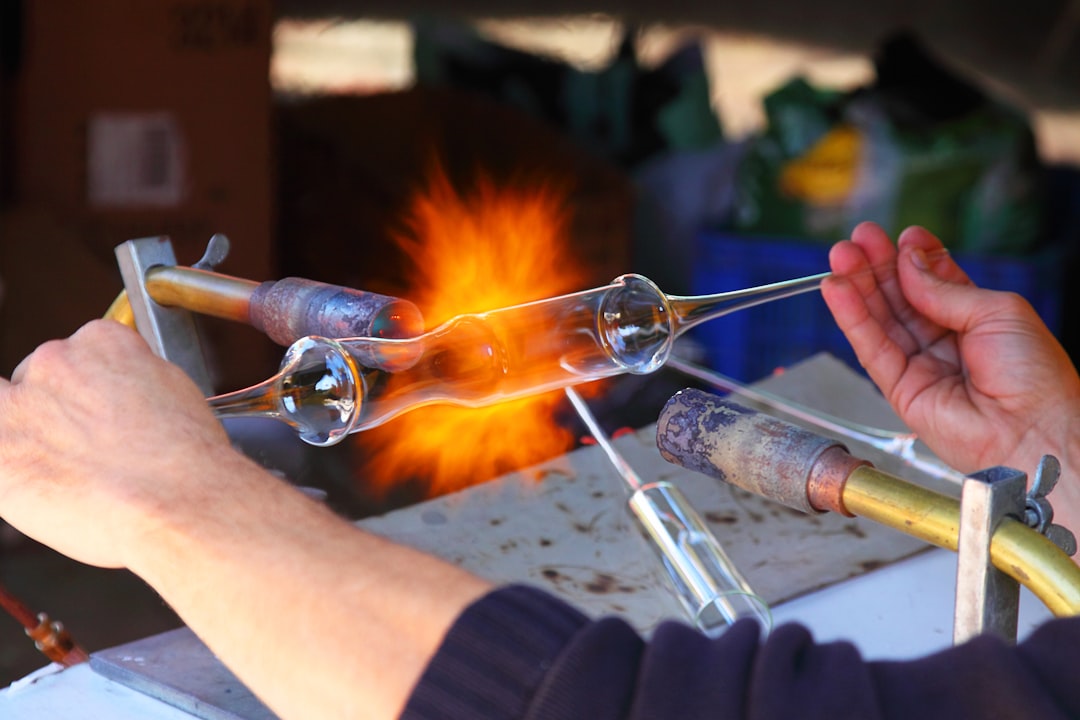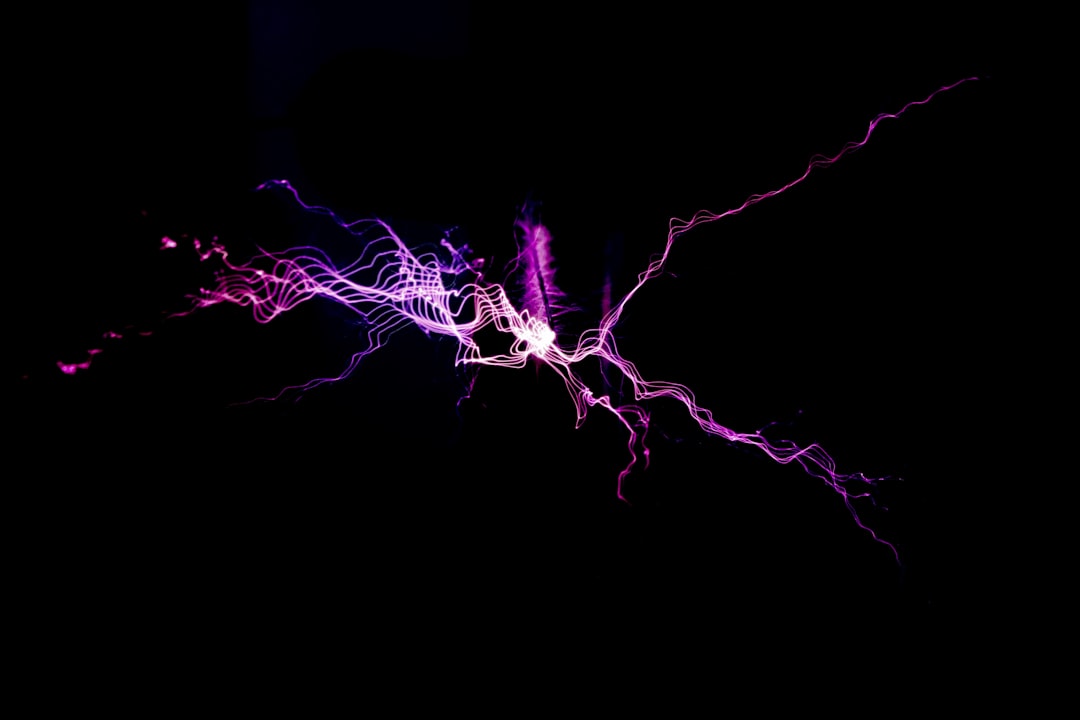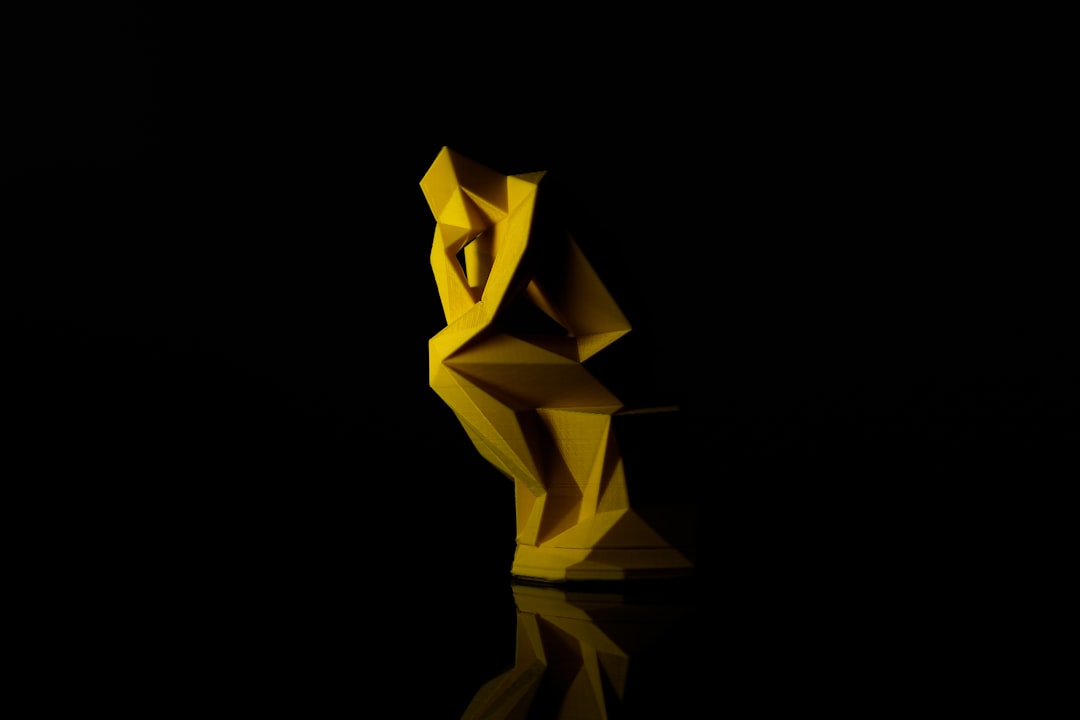What is it about?
Spin-orbitronics is one of the emerging research fields striving to achieve better energy and computing performances by exploiting the electron's charge, spin, and orbital degrees of freedom. Spin-orbitronic memories are non-volatile memories that retain digital information in the magnetization state of a magnetic layer and are addressed by electrical currents. An effective and reliable routine for writing the magnetic memory cells is using spin-orbit torques, the magnetic torques originating from the conversion of a charge current into spin-orbital accumulation in a material adjoining the magnetic layer. Our letter demonstrates the efficient generation of spin-orbit torques and magnetization switching by injection of a charge current into NiCu alloys, which can serve as a tunable source of spin-orbital accumulation.
Featured Image

Photo by Laura Ockel on Unsplash
Why is it important?
So far, the generation of spin-orbit torques has mostly relied on charge-to-spin conversion processes taking place in heavy metals, such as Pt and W, or topological insulator compounds, owing to their strong spin-orbit coupling. Increasing efforts thus focus on identifying alternative material systems, which are both abundant and compatible with conventional semiconductor processing. Our findings show that light metal alloys consisting of 3d elements are efficient materials for implementing sustainable spin current generators and electrically control the magnetization in spintronic devices.
Perspectives
Shifting my research perspective to light metal systems has been very rewarding. These materials are not only more economically and energetically viable compared to traditional heavy metals, but they also present a wealth of novel intriguing physical phenomena, which hold great promise for the development of innovative technological platforms.
Federica Nasr
ETH Zürich
Read the Original
This page is a summary of: Spin–orbit torques and magnetization switching in Gd/Fe multilayers generated by current injection in NiCu alloys, Applied Physics Letters, December 2023, American Institute of Physics,
DOI: 10.1063/5.0178878.
You can read the full text:
Contributors
The following have contributed to this page










